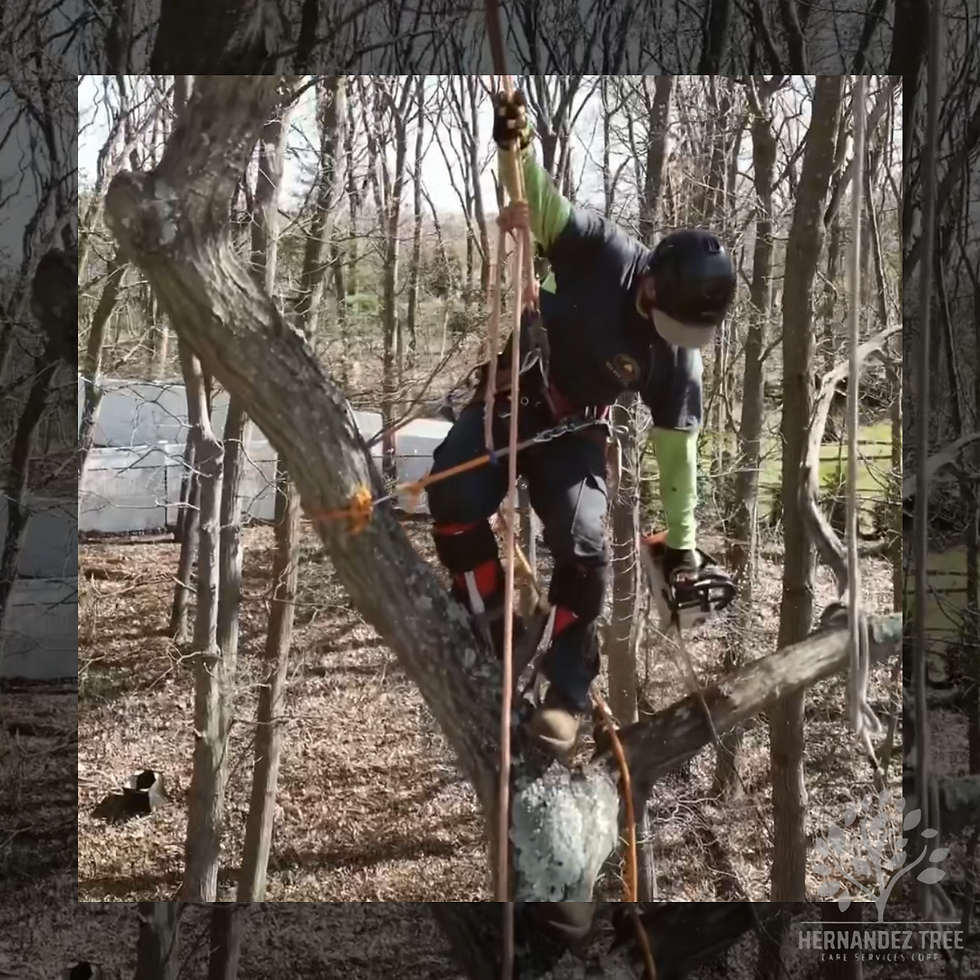"What are the key factors to consider when planning tree removal on your property?"
- Santos Hernandez
- May 13, 2024
- 2 min read

Tree removal is a significant decision that should be approached with careful consideration and planning. Whether you're dealing with a diseased tree, hazardous overgrowth, or simply making space for new landscaping, several key factors must be taken into account to ensure a safe and successful removal process. In this blog post, we'll explore the essential considerations to keep in mind when planning tree removal on your property.
1. Tree Health and Condition: Before deciding to remove a tree, assess its health and condition carefully. Look for signs of disease, decay, or structural weakness, such as dead branches, fungal growth, or cracks in the trunk. A healthy tree may not require removal, while a compromised tree may pose safety risks and need to be addressed promptly.
2. Safety Hazards: Identify any potential safety hazards associated with the tree, such as proximity to structures, power lines, or pedestrian areas. Consider the risk of falling branches or the entire tree itself, especially during storms or high winds. Trees that pose a threat to property or human safety may need to be removed to mitigate these risks.
3. Tree Species and Characteristics: Different tree species have unique growth habits, root systems, and wood characteristics that can influence the ease and safety of removal. Consider factors such as tree size, canopy spread, and root encroachment when planning for removal. Certain species may require specialized equipment or techniques for safe extraction.
4. Environmental Impact: Assess the potential environmental impact of tree removal on your property and surrounding ecosystem. Consider factors such as habitat disruption, soil erosion, and loss of wildlife habitat. Explore alternatives to complete removal, such as selective pruning or transplanting, to minimize environmental disturbance.
5. Regulatory Requirements: Research any local regulations or ordinances that govern tree removal on your property. Some areas may have restrictions or permit requirements for removing trees, especially if they are considered protected species or located within designated conservation areas. Ensure compliance with applicable regulations before proceeding with removal.
6. Future Land Use and Landscape Design: Consider your long-term landscaping goals and how tree removal fits into your overall property plan. Determine whether removal is necessary to accommodate new construction, landscaping features, or outdoor living spaces. Consult with a landscape designer or arborist to explore alternative solutions and replacement options.
7. Professional Expertise: Finally, seek the advice of a qualified arborist or tree care professional to assess the situation and provide guidance on the best course of action. A professional assessment can help you make informed decisions about tree removal based on factors such as tree health, safety concerns, and environmental impact.
In conclusion, tree removal is a complex decision that requires careful evaluation of various factors, including tree health, safety hazards, environmental impact, regulatory requirements, and future land use. By considering these key factors and seeking professional guidance when needed, you can ensure a safe and responsible approach to tree removal on your property with Hernandez Tree Services.


Comments